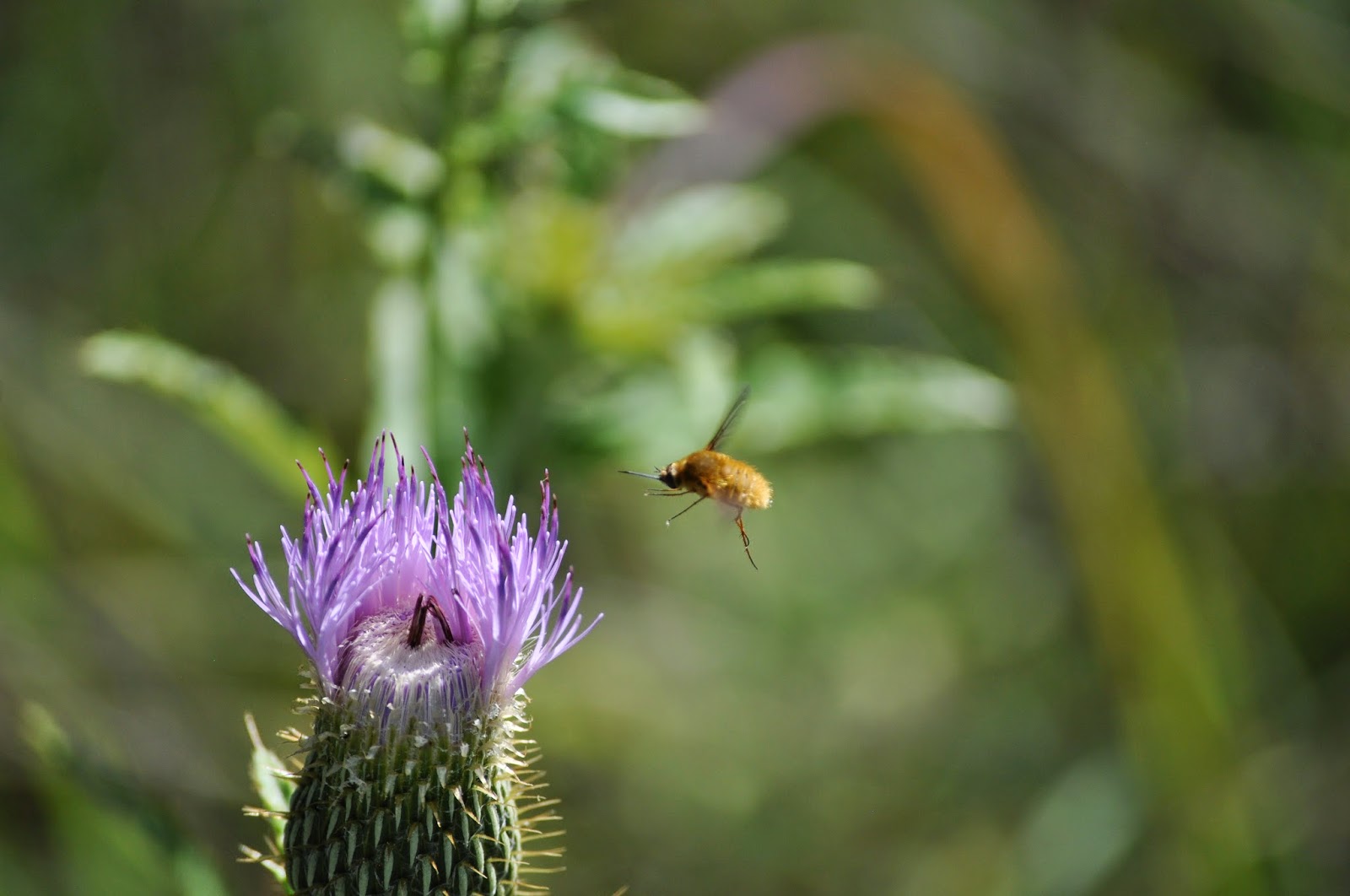It is August in Kansas and there is Snow-on-the Mountain. The mass of white flowers appearing singly and in bunches alongside the roads and in the fields makes the name fitting.
 |
| Snow-on-the-Mountain, single stalk in Butler County, Kansas |
 |
| Honey Bee with pollen basket on Snow-in-the-Mountain |
This mass of white flowers was found alongside a dirt road in southern Butler County near the Cowley County line. What made it particularly interesting was the honey bee I found gathering nectar.
.JPG) |
| honey bee on Snow-on-the-Mountain |
The bee colony consists of a single Queen bee, the drone, a male whose only job is to fertilize the eggs of the Queen bee, and the worker bees. Workers are completely developed female bees whose ovaries are undeveloped. As the name suggests, they work to gather pollen and nectar and convert the nectar to honey.
 |
| Honey Bee head shot |
Within the honey comb, the worker is called a house bee. It does comb construction, brood rearing, while tending the queen and drones. Workers bees who leave the hive are called field bees. A field bee's life is brief, lasting only several weeks during the summer.
Bees have a barbed stinger which can only be used once. It rips out of the abdomen, killing the bee.
The busy bee has been gathering pollen and the pollen basket (
corbicula,) noticeable on the hind legs, is full and ready for the bee to return to the hive.
Kansas Honey Bee Facts
.JPG)
.JPG)
.JPG)

.JPG)
.JPG)
.JPG)
.JPG)





.JPG)



.JPG)

.JPG)







.JPG)
.JPG)
.JPG)




